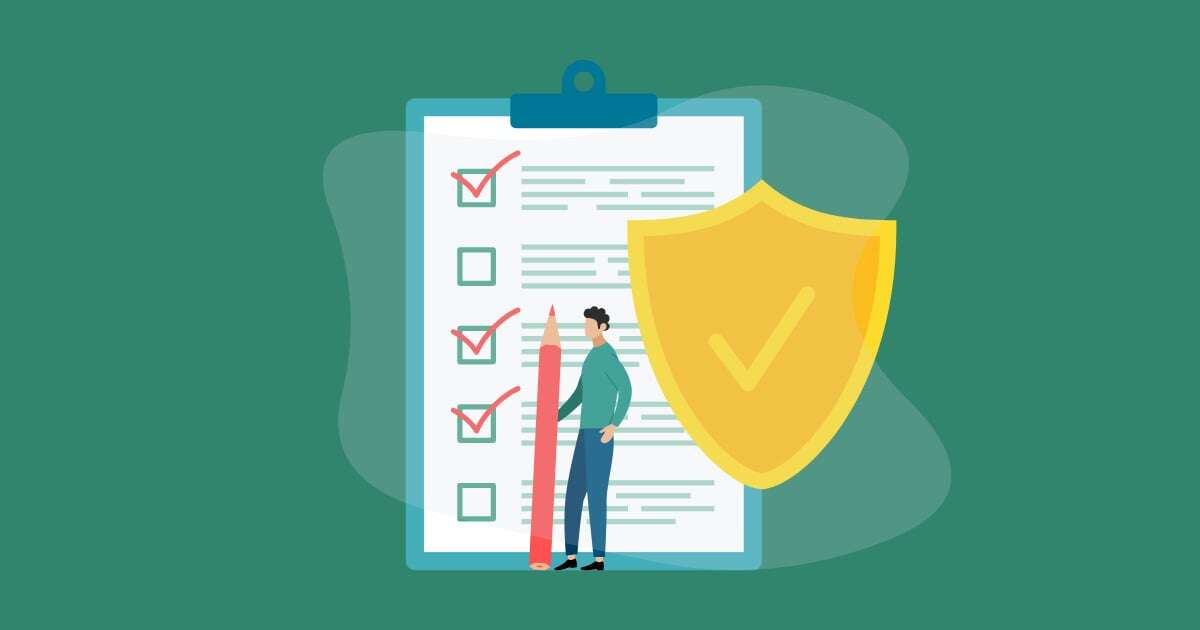2 min read

Related Posts
3 Information Security Principles to Use within Your Vendor Management Program
With the increase in cybersecurity breaches, it’s critical to monitor and fully understand your...
Managing IT Vendor Security Risk
Through your vendor risk management program, you’re supposed to monitor your vendor’s information...
What Is Vendor Information Security Risk?
Protecting your organization’s and customers’ data is an increasingly critical task – especially...
Subscribe to Venminder
Get expert insights straight to your inbox.
Ready to Get Started?
Schedule a personalized solution demonstration to see if Venminder is a fit for you.




.gif?width=1920&name=Sample-Graphic-Animation%20(1).gif)



